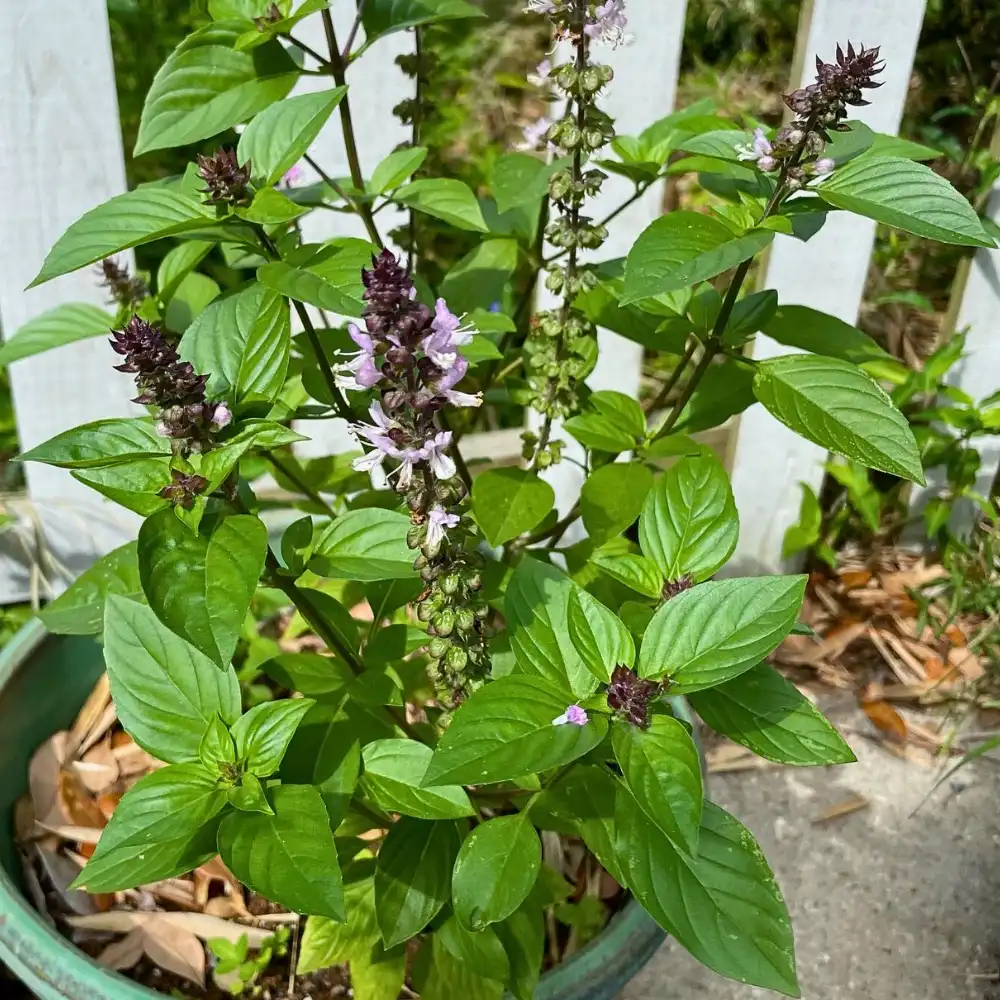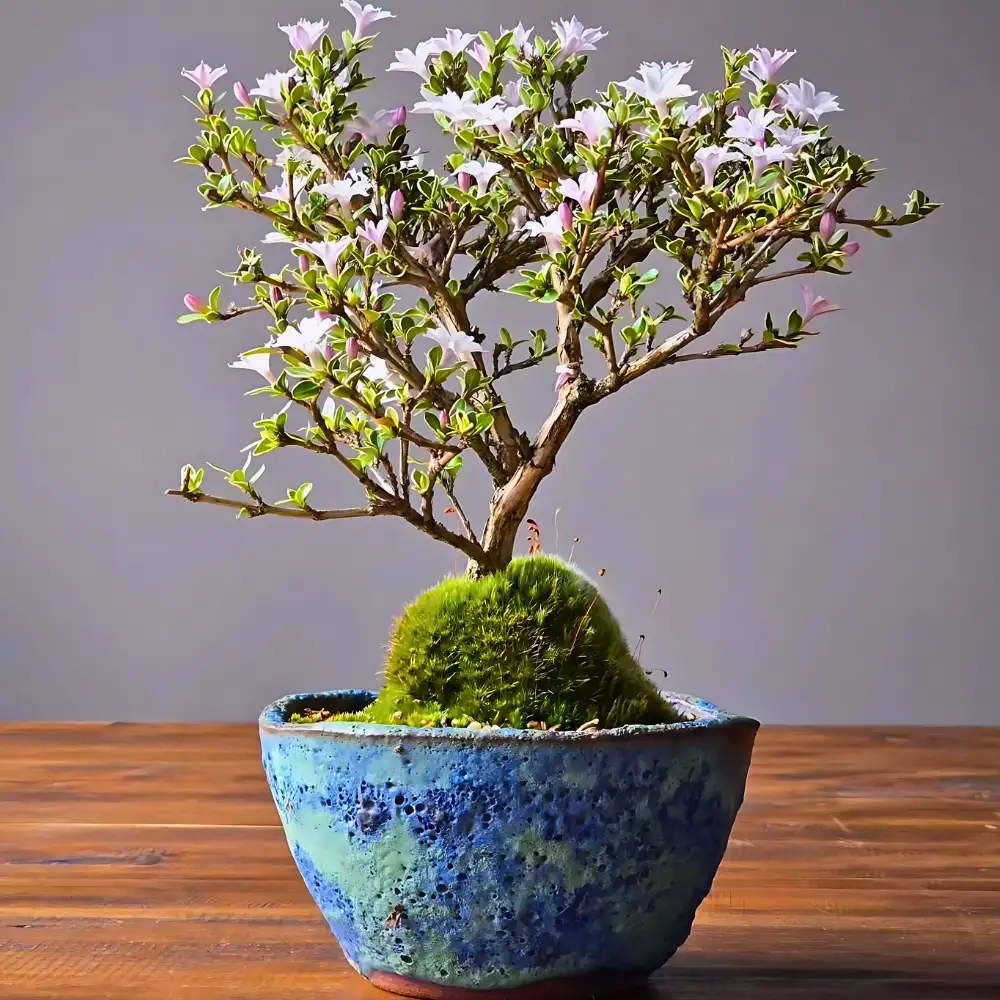Moving plants, whether it's a beloved houseplant or a prized outdoor shrub, requires careful planning and the right tools. The health and survival of plants during transportation often hinge on the methods and equipment used. Understanding the right approach to plant transportation can make a significant difference in maintaining the vitality and beauty of your plants during and after the move.
This article delves into the essential tools and equipment necessary for safely and efficiently moving plants. It aims to equip you with knowledge and strategies to ensure your plants arrive at their new location in the best possible condition.
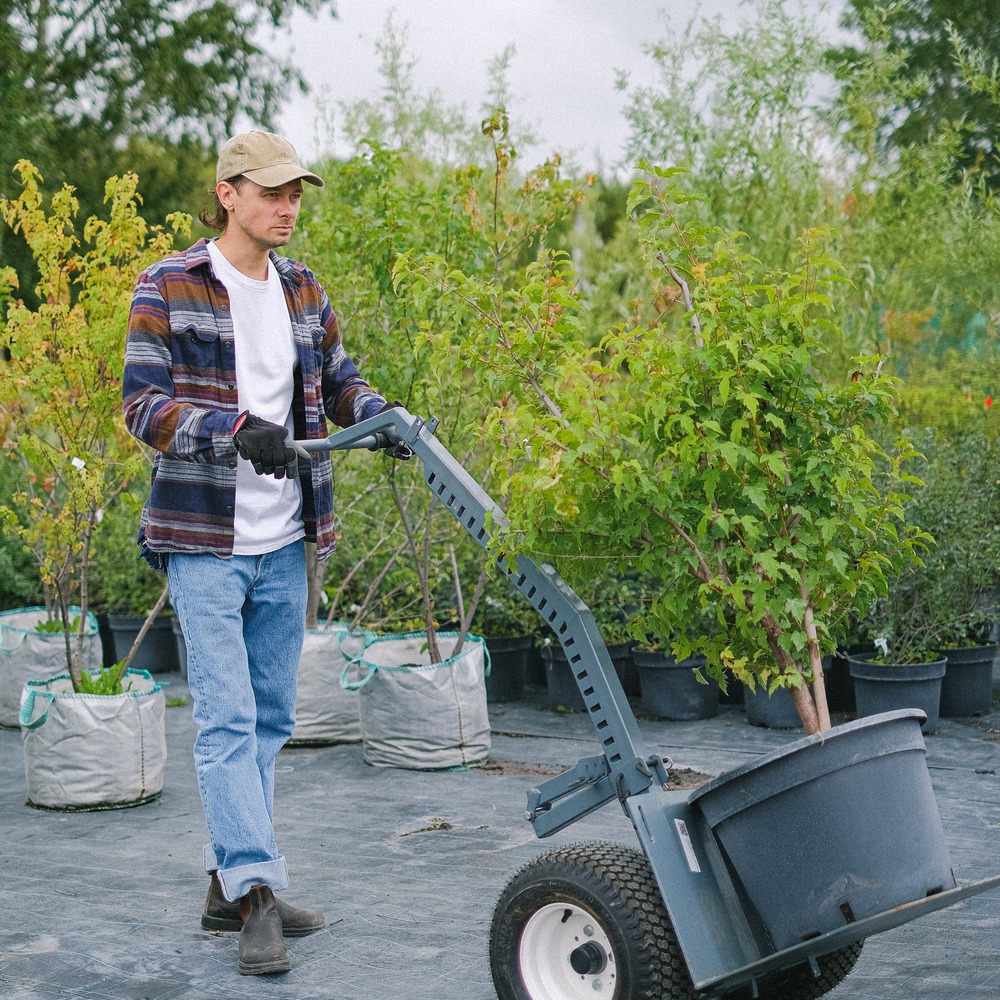
Plant Types and Their Transportation Needs
When it comes to moving plants, it's crucial to recognize that different types require different care. Indoor plants, for instance, often need more protection from the elements than outdoor plants. Succulents and cacti are hardy and can tolerate changes in the environment better than delicate orchids or ferns. Large outdoor plants, like shrubs or trees, require more preparation to protect their roots and branches during transport.
Knowing the specific needs of each plant type is key. Indoor plants might need to be placed in sturdy, size-appropriate containers with sufficient airflow. For outdoor plants, paying attention to root ball protection and moisture retention is essential.
Effective plant transportation hinges on understanding and catering to the specific needs of each plant variety.
Factors Affecting Plant Transportation
The success of transporting plants largely depends on several factors:
- Distance: The longer the journey, the more planning is required. For short distances, simple measures like securing pots in place and ensuring they don't tip over might suffice. However, for longer distances, consider factors like watering, exposure to sunlight, and temperature control.
- Size of the Plant: Smaller plants are easier to move and require less space. Large plants might need pruning or special support to prevent damage during transit.
- Environmental Conditions: Sudden changes in temperature, light, and humidity can stress plants. If moving from a humid environment to a drier one, for example, it's important to gradually acclimatize the plants to prevent shock.
With proper planning and consideration, you can minimize stress on your plants and ensure they thrive in their new location.
Common Challenges in Moving Plants
Transporting plants is not without its challenges. Plants are living, sensitive organisms that react to their environment. Maintaining the right humidity and temperature, especially for tropical plants, is a common challenge. Ensuring adequate light without exposure to extreme temperatures is crucial.
The physical movement itself can stress plants, risking soil spillage, pot breakage, or damage to leaves and stems. Expert movers, like The Big Boy Movers, often handle these challenges professionally, ensuring plants are moved with care and precision.
Preparing for these challenges by understanding the specific needs of your plants and considering professional assistance can significantly improve the chances of a successful move.
Essential Tools and Equipment for Plant Transportation
Proficiently relocating plants requires more than just careful handling; it also demands the right set of tools and equipment. Each component plays a pivotal role in safeguarding the plant's health and structure during transit.
- Containers and Pots
The material of the container plays a significant role in its durability and suitability for the journey. Plastic pots are lightweight and resilient, making them ideal for short-distance moves. They reduce the risk of breakage and are easy to handle. For longer distances, sturdier materials like fiberglass or metal can offer better protection.
When choosing a container, it's important to consider the size and weight of the plant. Large plants require more robust pots that can support their weight without collapsing. Ensure that the pot has sufficient drainage to prevent waterlogging during transit.
- Stabilizing Equipment
Stabilizing plants during transportation is essential to prevent damage. Plant stakes are useful for taller plants, helping them maintain an upright position. Flexible ties can secure branches and stems to stakes, reducing movement and potential breakage. For broader plants, support structures like plant cages can be invaluable.
These structures should be adjustable and made of materials that won't harm the plant. When securing plants, it's important to balance firmness with gentleness. Overly tight ties can damage stems or branches, while loose ties won't provide adequate support.
- Protective Gear
Protective gear is essential to shield plants from physical damage and environmental stress. Wrapping materials like burlap or garden fabric can protect foliage and branches from wind and minor impacts. For delicate plants, bubble wrap or foam padding can provide additional cushioning.
It's important to wrap plants in a way that allows for air circulation. Overwrapping can cause heat buildup and moisture retention, which may harm the plant. Additionally, consider the use of insulating materials for temperature-sensitive plants. This is especially important when transporting plants in extreme weather conditions.
- Specialized Plant Moving Equipment
For the physical aspect of moving plants, specialized equipment can make a significant difference. Dollies, trolleys, and hand trucks are designed to handle different sizes and weights of plants and pots. A dolly with a flat base is ideal for large, heavy pots. It allows for easy maneuvering without tilting the plant. Trolleys with sides can secure multiple smaller pots in one go.
For tall plants, a hand truck with a strap can stabilize the plant during movement. When choosing this equipment, consider factors like terrain, distance, and the number of plants being moved. Ensure that the equipment has appropriate wheels for smooth transportation and can handle the combined weight of the plant and its container.
By using the right tools and equipment, the process of moving plants can be significantly easier and safer. Each tool plays a unique role in ensuring that plants reach their new location in good health and condition.
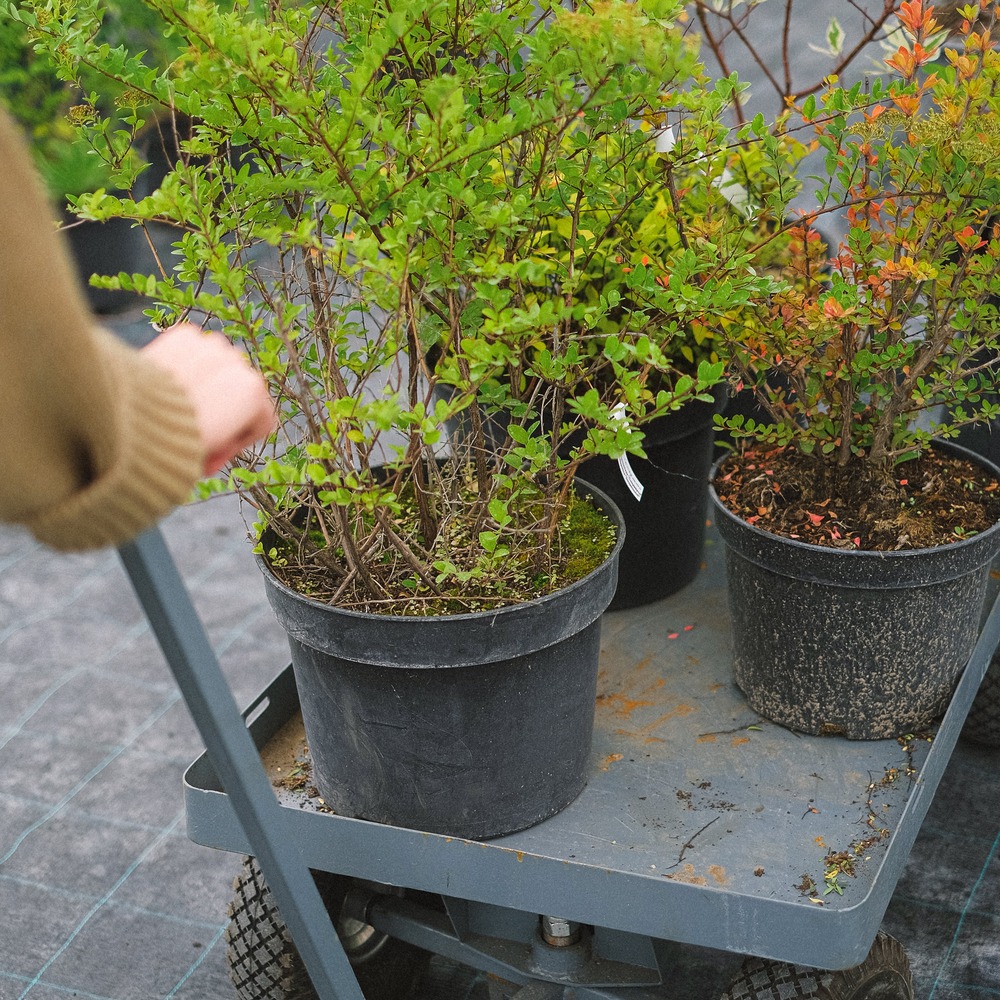
Preparing Plants for Transportation
Ensuring a smooth transition for plants during transportation starts with a meticulous step-by-step preparation process. This involves several key actions tailored to the needs of different plant types, ensuring their safety and health throughout the journey.
- Watering
A few days before the move, water the plants adequately. This pre-move hydration is crucial, but it's important to avoid overwatering which can lead to issues such as root rot or fungal growth in a confined transport environment.
- Pruning
Trim off any dead or overgrown branches and leaves to make the plant more manageable and to stimulate new growth. However, it's essential to avoid excessive pruning as it can cause undue stress to the plant.
- Pest Inspection And Treatment
Thoroughly check for any signs of pests or diseases. Treat any infestations well in advance to prevent spreading and to maintain the plant's health during the move.
- Acclimatization
For indoor plants that will be transported in open environments, gradually expose them to outdoor conditions. This gradual acclimatization helps them adjust to changes in light and airflow, reducing transport shock.
Following these steps ensures that plants are not only physically prepared but also conditioned to adapt to the changing environments they will encounter during transportation.
Special Considerations for Different Plant Types
Each category of plants has its own set of needs that must be considered to ensure they remain healthy and stress-free during the move. Let's delve into the specific considerations for various plant types to tailor our approach for their optimal care during transit.
- Succulents And Cacti
These plants require minimal water before transport and should be shielded from excess moisture during the move. They are prone to rot in damp conditions, so ensuring dry, well-ventilated transport conditions is key.
- Orchids And Tropical Plants
These species often need higher humidity levels. Using a portable humidifier in the vehicle or enclosing the plants in plastic with some holes for ventilation can help maintain the necessary humidity.
- Large Outdoor Plants
For plants with extensive root systems, like trees or large shrubs, it's crucial to protect the root ball. Wrap the root ball in burlap and keep it moist to preserve the roots during transportation.
- Fragile Or Flowering Plants
Provide extra cushioning around these plants. Use soft packing materials to protect delicate stems and blooms from jostling and bruising during the move.
By addressing the unique needs of different plant types, you can greatly enhance the chances of a successful and stress-free move for your green companions.
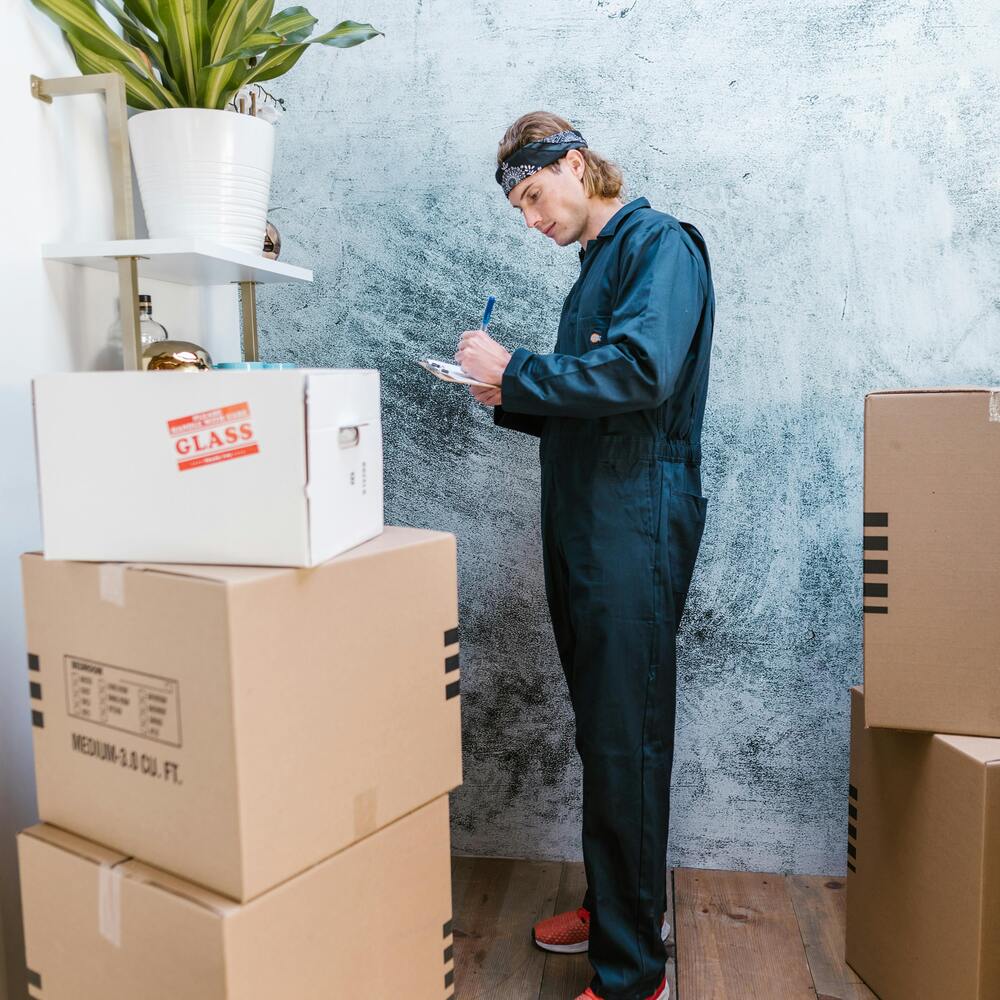
Loading and Unloading Techniques
Loading and unloading plants requires a strategic approach to ensure their safety and integrity. Whether you're dealing with fragile indoor plants or large outdoor trees, the process should be handled with care and precision. Here are some best practices and techniques to consider:
When loading plants onto vehicles, it's essential to follow specific steps to ensure their safety and stability during transit:
- Start With Larger Plants: Load larger plants first to ensure they are securely placed and won't shift during transport. This also allows for better arrangement of smaller plants around them.
- Use Sliding Sheets or Planks: For heavy pots, use sliding sheets or planks to avoid lifting injuries and to protect the plant from sudden jolts.
- Secure Pots and Containers: Once in the vehicle, stabilize pots and containers to prevent tipping. Utilize non-slip mats or straps for additional security.
- Position Plants Appropriately: Keep plants in an upright position. Ensure that leaves and branches aren't pressed against windows or walls, as this can cause damage.
- Provide Adequate Spacing: Leave enough space between each plant to prevent crushing and to allow for air circulation.
- Reverse the Loading Order: Begin with smaller plants, gradually moving to larger ones. This minimizes obstruction and eases the process.
- Gentle Handling: Lift plants carefully, especially those that are fragile or have delicate stems. Avoid grabbing plants by their stems or leaves.
- Use Trolleys for Heavy Plants: For large, heavy plants, use a trolley or dolly to move them to their new location, reducing strain and risk of dropping.
- Check for Damage Immediately: After unloading, inspect each plant for any signs of damage or stress and address them promptly.
Remember, the key is in the gentle and thoughtful handling of each plant, considering its specific needs and characteristics.
Conclusion
The care and attention we give to our leafy companions during their move can profoundly impact their well-being. Embracing the right tools and techniques ensures their safe arrival and speaks to our dedication to nurturing and preserving their beauty and health. Let this guide be a reminder of the gentle care and thoughtful preparation that our green friends deserve, ensuring they continue to thrive and bring joy wherever they grow.


